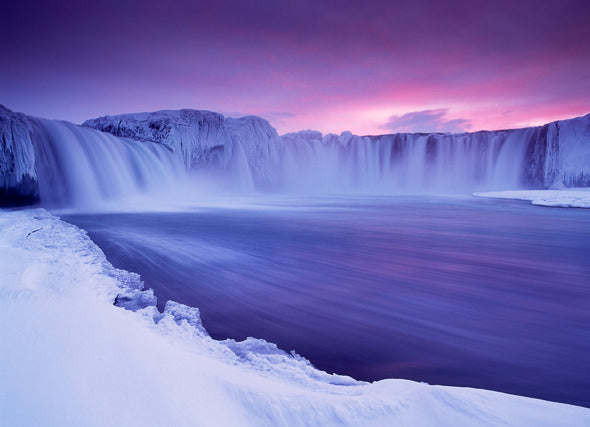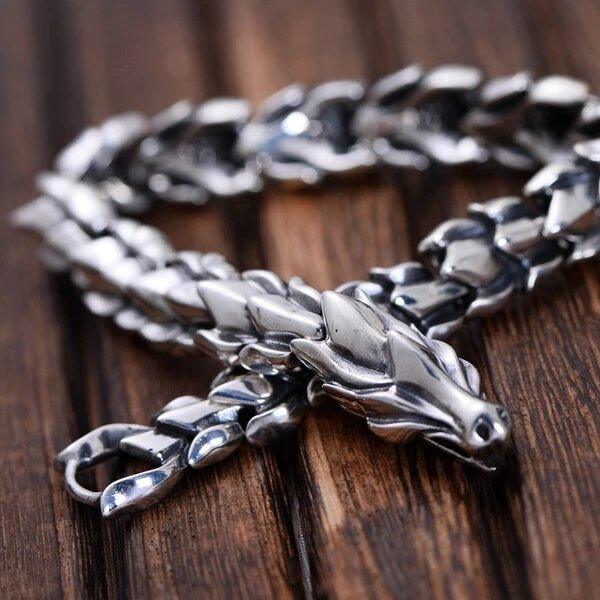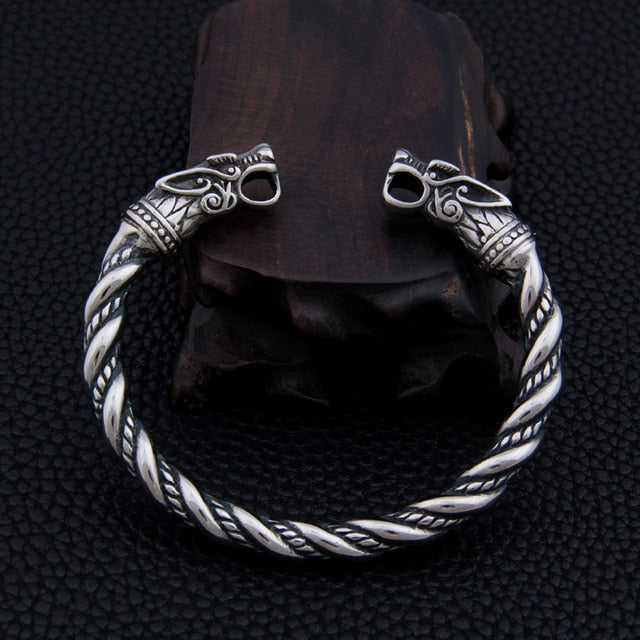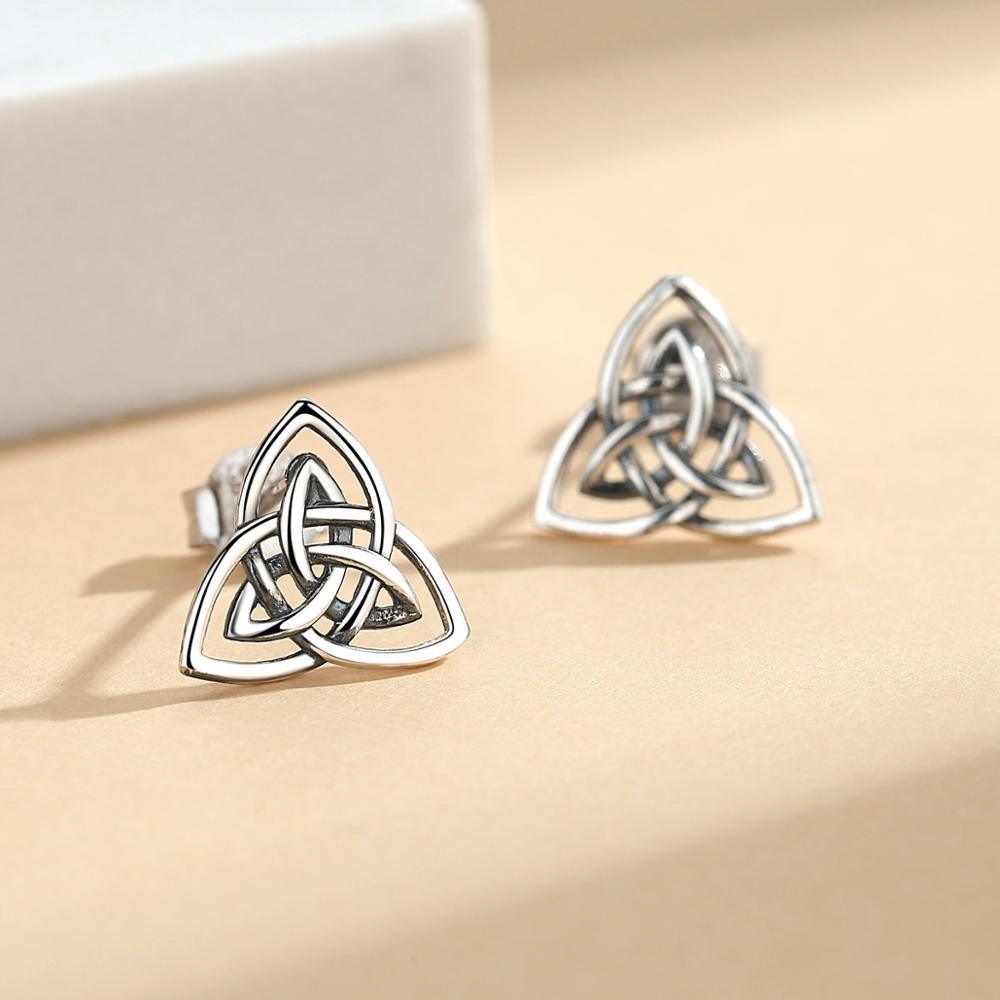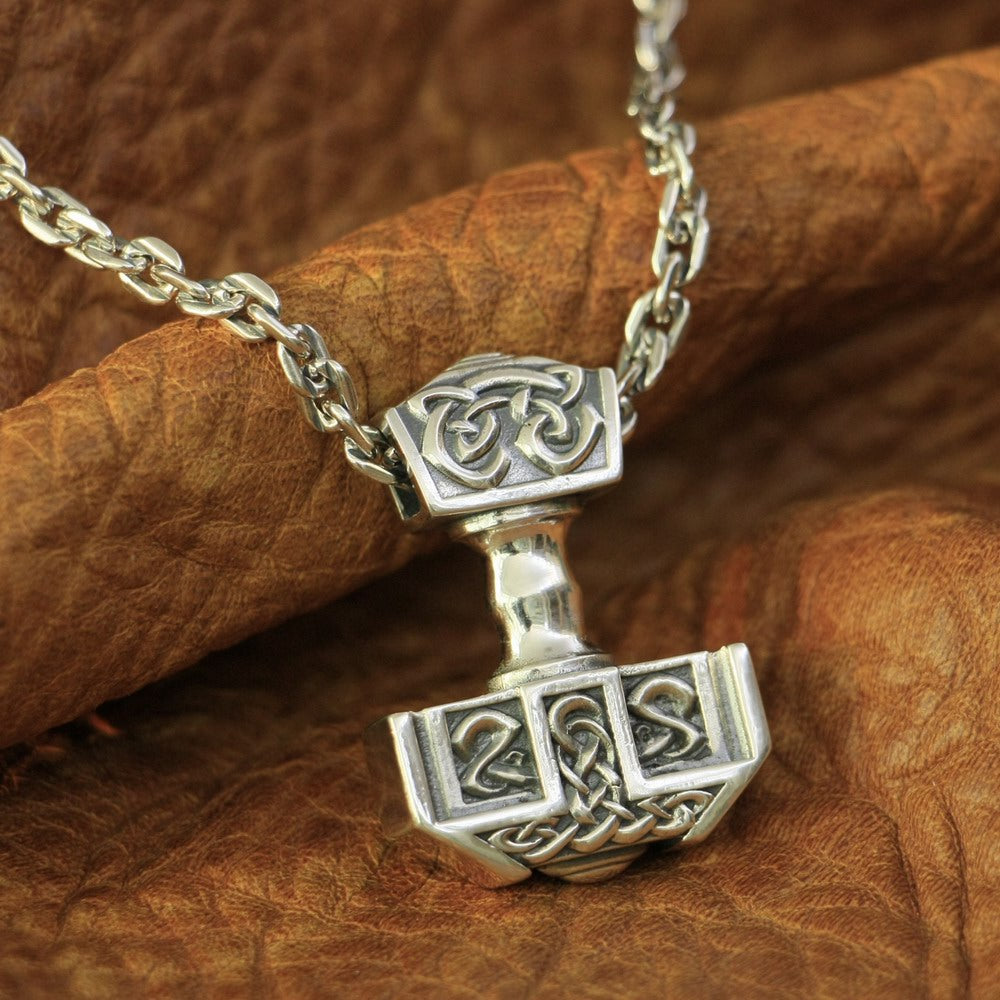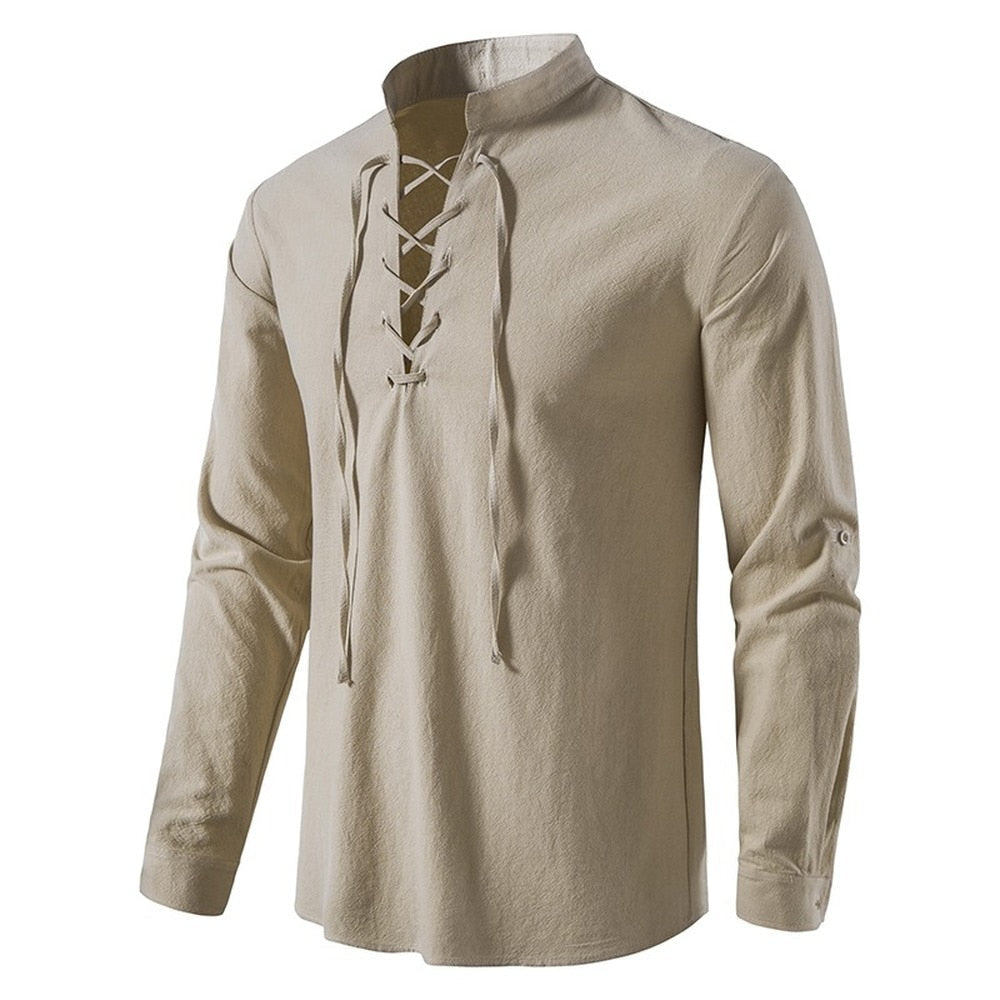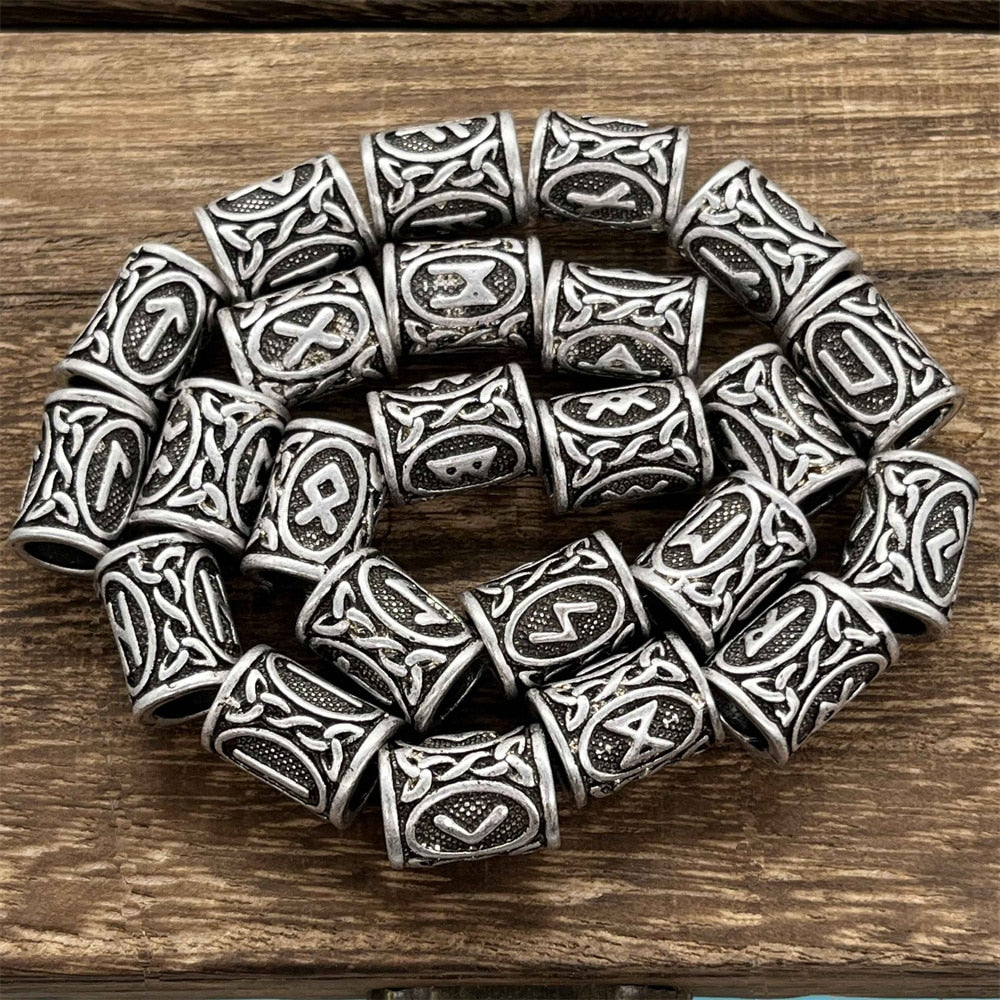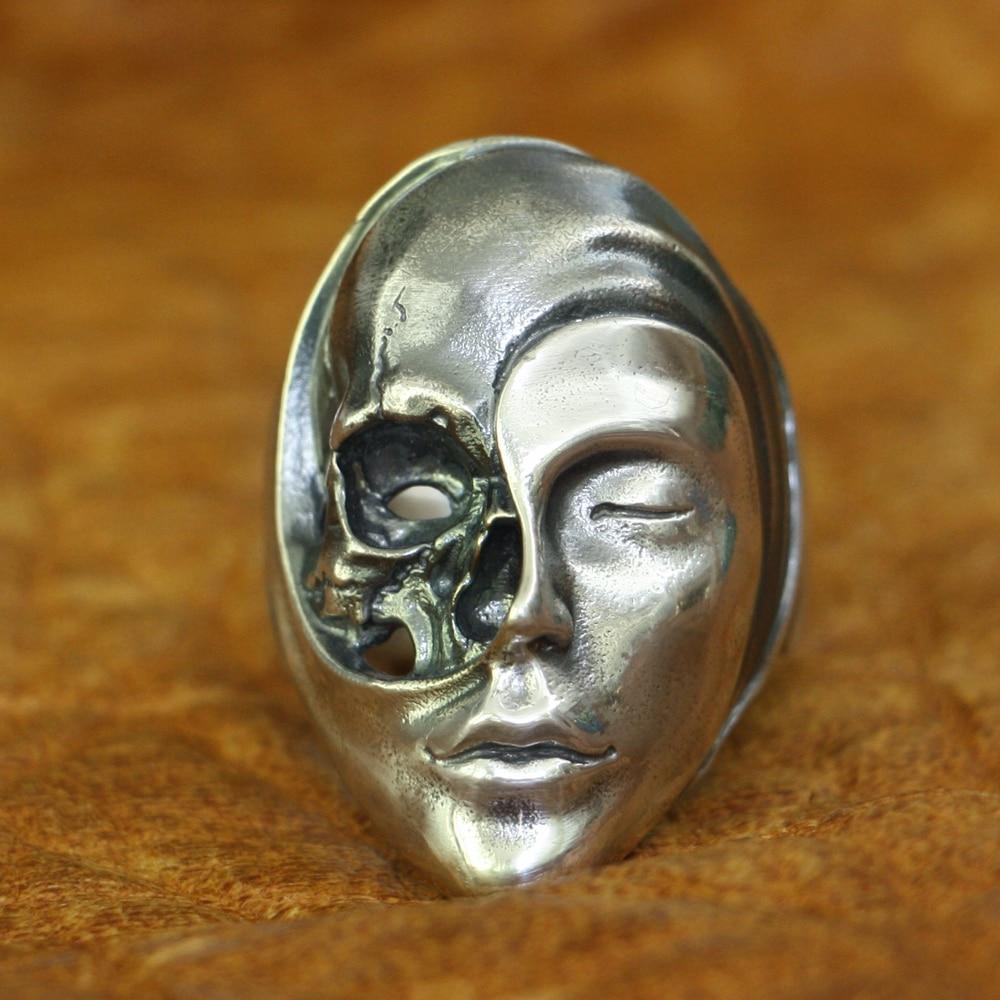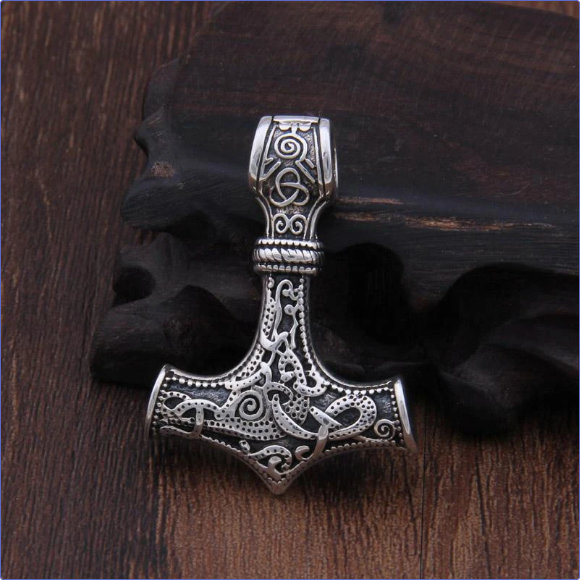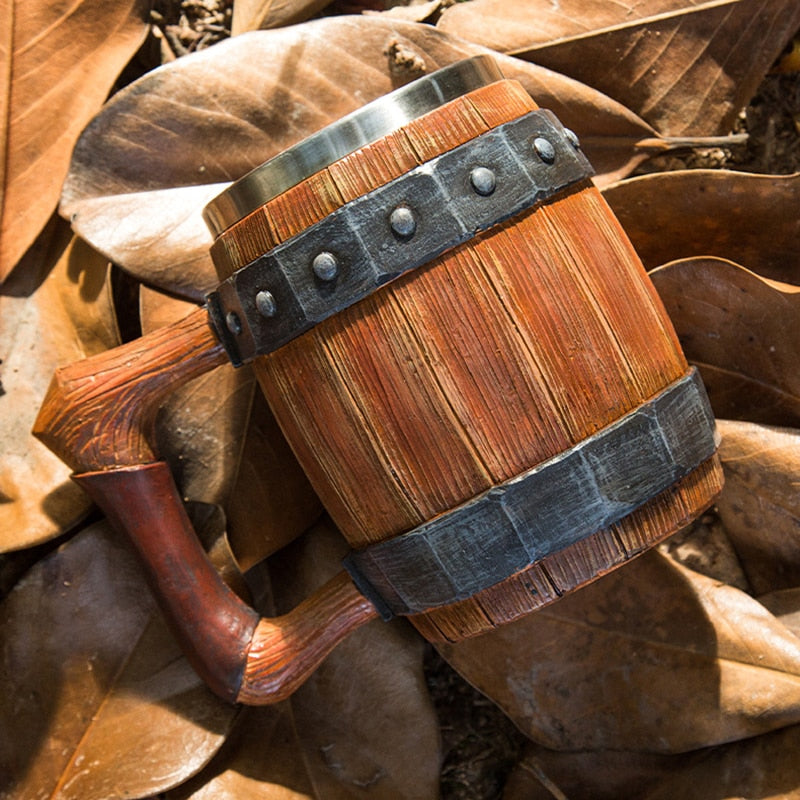In the windswept hills of Iceland and the fjord-carved coasts of Norway, the land itself has a voice. Whispered through the wind and echoed in the mountains are the stories of the Landvættir—the “spirits of the land.” These guardians of the natural world are among the most enduring and intriguing beings in Norse cosmos, bridging the worlds of humans and nature.

Unlike the mighty Gods of Asgard or the monstrous giants of Jötunheimr, the Landvættir are local, intimate spirits. They inhabit the soil, rocks, forests, and coastlines, embodying the vitality and character of the land they protect. Their presence has shaped Icelandic law, influenced art and national identity, and continues to inspire ecological and spiritual reflection in the modern world.
Origins of the Landvættir: Spirits of the Living Earth
The word Landvættir comes from Old Norse—land (land) and vættir (spirits, beings). It reflects a worldview deeply rooted in animism, where every aspect of nature is alive and ensouled. The vættir were not gods, but powerful entities tied to specific places: mountains, rivers, fields, or even single stones. They could bless or curse those who lived upon their land, depending on whether they were respected or offended.
The earliest mentions of the Landvættir appear in medieval Icelandic literature, such as the Landnámabók (“Book of Settlements”) and Heimskringla, both of which preserve oral traditions from the Viking Age. These texts show that the first Norse settlers in Iceland took the spirits of the land very seriously. Before claiming land for farming or settlement, newcomers would perform rituals to gain the goodwill of the Landvættir—often through offerings of food, ale, or even blood sacrifices.
Such practices reflected a simple but profound truth of Norse life: survival depended on harmony with nature. To thrive in the harsh landscapes of the North, humans had to live in mutual respect with the unseen powers that governed the land’s fertility and safety.
The Four Guardian Spirits of Iceland
One of the most famous stories about the Landvættir comes from Heimskringla, written by the Icelandic historian Snorri Sturluson in the early 13th century. In this saga, the Danish king Harald Bluetooth sends a sorcerer disguised as a whale to spy on Iceland. But as the sorcerer swims around the island, he encounters terrifying guardian spirits that defend each quarter of the country:
- The Dragon in the east, coiled in the mountains and breathing fire over the land.
- The Eagle in the north, soaring over the fjords with watchful eyes.
- The Bull in the west, mighty and strong, guarding the fields and meadows.
- The Giant (or Mountain-Troll) in the south, standing steadfast among cliffs and glaciers.
These four beings represent Iceland’s national landvættir, protectors of the land and its people. They remain central symbols in Icelandic identity to this day—each appears on the Icelandic coat of arms, supporting the nation’s shield. Their continued presence in modern heraldry shows how deeply rooted the respect for land-spirits remains in Icelandic consciousness.

Law, Custom, and Respect: The Landvættir in Early Iceland
Belief in the Landvættir wasn’t just a matter of superstition—it was woven into Iceland’s earliest legal and ethical systems. According to the Grágás, Iceland’s medieval law code, it was strictly forbidden for ships to enter a harbor with dragon-head figureheads on their prows. The reasoning? Such imagery might frighten or offend the Landvættir watching over the coastline.
This integration of myth into law underscores the seriousness with which these spirits were regarded. They were not quaint folktales but part of the moral and spiritual framework that governed settlement and behavior. Settlers offered prayers and gifts to the Landvættir before building homes, cultivating land, or cutting trees. To violate the natural order—to dig too greedily, fell sacred trees, or pollute rivers—risked incurring their wrath.
This respect for the land’s spirits also reflects an early form of environmental awareness. In honoring the Landvættir, early Icelanders cultivated a sense of stewardship over the earth—a worldview in which humans were guests on land owned by the spirits themselves.
Landvættir and the Norse Worldview
The Landvættir belong to a larger category of beings known as the vættir—a diverse family of spirits inhabiting every corner of the Norse cosmos. These include vatnavættir (water spirits), bergvættir (mountain spirits), and skogarvættir (forest spirits). Together, they form an invisible ecosystem of consciousness, blending seamlessly with the physical world.
This worldview—animistic, relational, and reciprocal—differs sharply from the later Christian cosmology that divided the sacred from the profane. For the Norse, the world is alive. Trees, stones, and streams possessed spirit and intention. The human duty is not to dominate nature, but to live in dialogue with it.
The persistence of these beliefs even after the Christianization of Iceland in 1000 CE shows their resilience. Rather than being erased, the Landvættir were often reinterpreted as guardian angels or benign nature spirits. This blending of old and new faiths helped preserve the respect for land and spirit that continues in Icelandic culture today.

Modern Iceland: Where the Landvættir Still Live
Few nations hold their folklore as close to daily life as Iceland. Despite being one of the world’s most technologically advanced societies, Icelanders still speak with gentle reverence of the hidden world—of huldufólk (hidden people) and the Landvættir who guard the landscape.
In fact, belief in the Landvættir still influences practical decisions. When roads or construction projects threaten rocks or hills believed to be homes of spirits, Icelandic planners often reroute or delay projects out of respect. Even skeptics tend to view this practice less as superstition and more as a gesture of cultural respect—and as a reminder that the land should not be taken for granted.
The symbolism of the Landvættir also remains prominent in Iceland’s national identity. The four guardians still stand proudly on the country’s coat of arms, representing protection, unity, and respect for nature’s forces. For many Icelanders, these spirits embody the strength and resilience of the nation itself—rooted in the earth, enduring through adversity.

Spiritual Ecology and Modern Relevance
Beyond Iceland, the Landvættir offer a compelling model for modern thought about ecology and spirituality. In an era defined by climate crisis and environmental degradation, their story reminds us of an older way of seeing the world—one that treats the land as alive, deserving reverence rather than exploitation.
Modern practitioners of Ásatrú (the revival of Norse paganism) and related earth-based spiritual paths often honor the Landvættir through rituals and offerings. These may include pouring mead or milk onto the ground, leaving small stones or carved runes in the wilderness, or simply speaking words of gratitude to the land. The intent is not to “worship” in the modern sense, but to reciprocate respect—to acknowledge the living presence that sustains human life.
In this sense, the Landvættir represent a form of spiritual ecology—a worldview that sees human beings as participants in, not masters of, the natural world. This idea resonates deeply with environmental philosophy and indigenous traditions worldwide. To live in harmony with the Landvættir is to live with awareness of the interconnectedness of all beings, seen and unseen.
The Enduring Spirit of the Land
The story of the Landvættir is more than a myth—it’s a philosophy. It speaks to a way of being in the world that honors balance, humility, and gratitude. The Norse settlers who first invoked the Landvættir did so out of necessity, but in doing so they laid the foundations for a worldview that feels strikingly modern.
Today, whether through national symbols, folklore, or the quiet rituals of those who still greet the land before entering it, the Landvættir continue to whisper their ancient wisdom. They remind us that the earth is not merely a resource to be used, but a living companion deserving respect and care.
As long as the winds sweep across Iceland’s volcanic plains and glaciers shimmer beneath the northern sun, the spirits of the land endure—watching, guiding, and reminding us that we are never truly alone upon the earth.

Bibliography
Simek, Rudolf. Dictionary of Northern Mythology. Translated by Angela Hall. Cambridge: D.S. Brewer, 2007. ISBN 978-0859915137.
Byock, Jesse (ed.). The Saga of the Icelanders. New York: Penguin Classics, 2000. ISBN 978-0141000039.
Sørensen, Preben Meulengracht. The Unmanly Man: Concepts of Sexual Defamation in Early Northern Society. Odense University Press, 1983. ISBN 978-8774923299.
